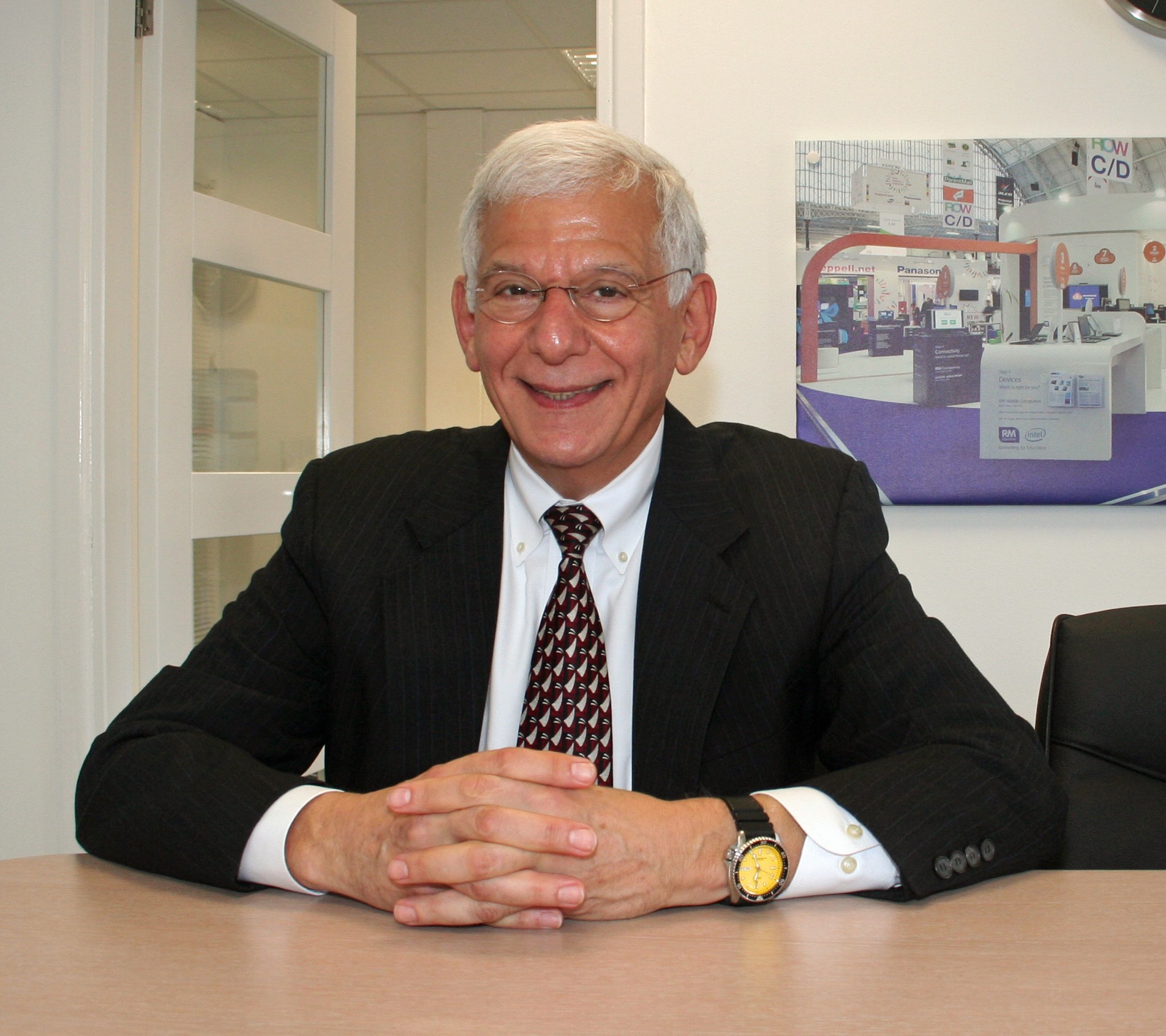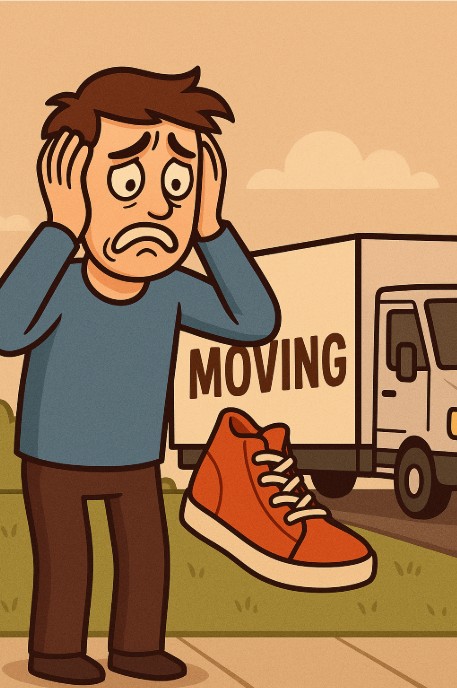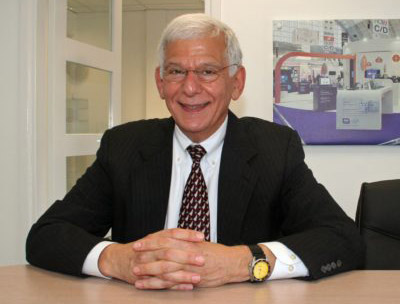An Op-Ed by Ed Katz
Thanks to COVID-19, suddenly, the company office is gone. Employee-of-the-week parking spaces—now cracked asphalt and weeds. Long commutes now involve going from your home office to the kitchen. The future is everyone quietly working in at home with barking dogs, crying children, and loud buzzing leaf blowers swarming outside like giant wasps.
We’re all being told that a brave new world of “home alone” work may go on well after the crisis is over. And just like that, the show is over, the curtain is down and a $16 trillion commercial real estate market valuation is shrinking and will never come back. Don’t believe it!
To be sure, many workers function externally just fine without showing up each day at a company office. Full-time employees represent only 58% of the US workforce, with the other 42% “gig” workers coming from external resources such as independent contractors, freelancers, seasonal labor, and outside staffing firms. And companies are spending less on real estate but at what cost?
The virtual workplace lacks the in-person dynamics of personal chemistry, body language, collaboration and innovation, which are essential to trust and optimal productivity.
As the pandemic drags on, the novelty is wearing off. Employees long for social connection with fellow workers. Many miss the office culture and some of the benefits a brick-and-mortar workplace offers, such as a fitness center, cafeteria, and other on-site facilities. No amount of virtual video conferencing can replace that. In fact, many workers report “zoom fatigue.”
Of course safety is the most important thing; however, according to 25-year industry veteran John Burton of Re-Imagine Solutions, a survey of 500+ epidemiologists and health professionals, working in a shared office space is less risky than shaking hands or dining in at a restaurant.
Once the pandemic subsides, corporations will reopen their properties and incentivize workers to come back to a new and more innovative office experience. The focus will be on aesthetically appealing work environments and the use of advanced technologies for health and safety well-being. According to Burton, other recent surveys reveal that employers are adopting a phased approach to reopening: about 1/3 of the workforce is expected to physically return to the office this fall while 72% of those remaining plan to be back by summer 2021.
With this mixture, I expect the future workplace will be a blend of company office, residential office, external third-party work sites, or workstations on-the-road. Finding the right mix is key. Talent from whatever source is corporate America’s top asset. It needs to be organized, managed, and inspired. The company office will be a premier employee benefit soon as well as a competitive advantage in recruiting and keeping talent. For these reasons and more, I’m convinced that the near- and long-term potential for commercial real estate is very promising!
About the author
Ed Katz is the president of the International Office Moving Institute (IOMI®). IOMI® offers an affordable, online office moving training program for moving companies. For more information, see https://www.officemoves.com/training/index.html
1. Source: Nareit, 2018 estimate
2. SAP Fieldglass, “The Future is External










